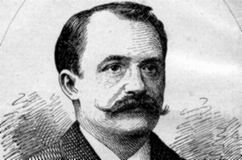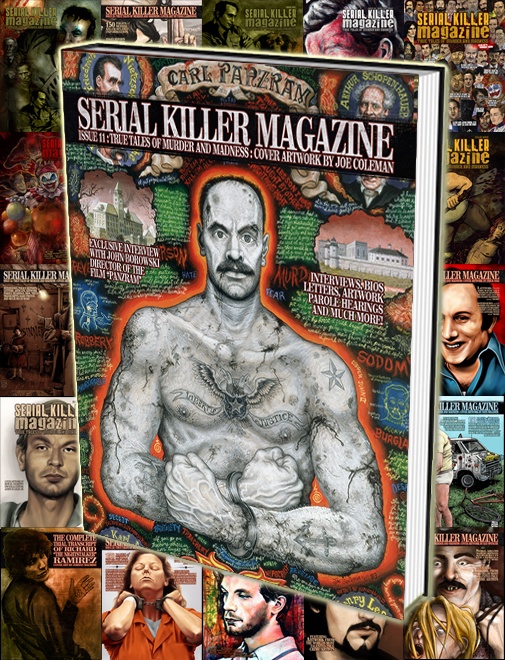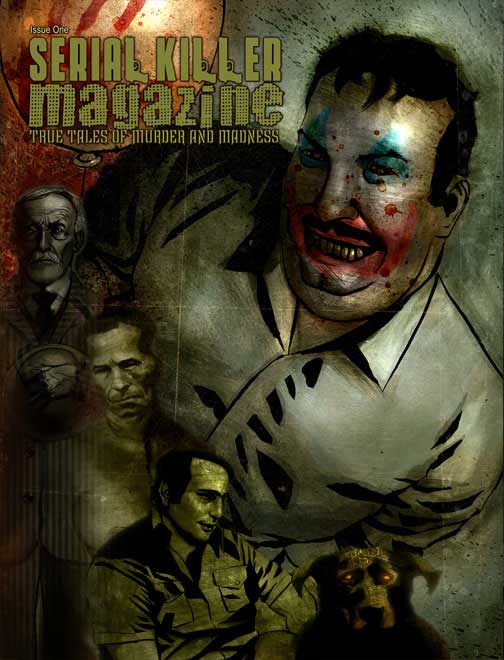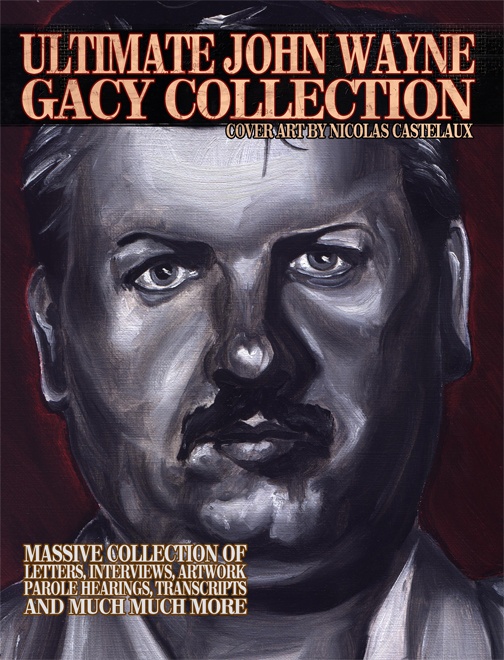Hugo SCHENK

AKA "The Viennese Housemaids Killer"
Classification: Serial killer
Characteristics: Rape - Robbery
Number of victims: 4 - 6 +
Date of murders: May-December 1883
Date of arrest: January 10. 1884
Date of birth: February 11, 1849
Victims profile: Josephine Timal / Katharina Timal / Therese Ketterl / Rosa Ferenczy
Method of murder: Shooting - Drowning
Location: Vienna, Austria
Status: Executed by hanging on April 22, 1884
After a bit of research, it turned out we were not the only ones to be mislead by the dashing Schenk’s kind eyes. Known as “the girl murderer with the gentle face” (rough translation), Schenk had no trouble wooing Viennese housemaids in the mid-1800s. Donning a Polish accent, Schenk told women that he was a count named Winopolsky. If they were impressed, he would quickly court them, eventually inviting them to a secluded picnic spot for a bit of “romance.” Unfortunately, Schenk’s idea of romance was deadly.
Schenk would rape his victim, steal whatever scant belongings she might have, tie a boulder to her feet, and toss her into the icy Danube. Sometimes his brother acted as his accomplice, other times, he worked alone. Raping, murdering and stealing was a full-time occupation for Schenk, who was plotting against his next victims before he has even disposed of his current one. When he was finally caught, it was discovered that he had been corresponding with at least 50 women, all of whom he no doubt considered future victims.
Though drowning was Schenk’s preferred method of disposal, on at least one occasion he got more creative. During one of his doomed picnics, Schenk taught a housemaid, Theresia Ketterl how to play the lighthearted game of Russian Roulette, with an empty gun, of course. He told Theresia to give it a try, but not before secretly loading the gun – the poor housemaid did the dirty work for him.
Schenk was finally hanged in 1884, and his skull sits in the Vienna’s Kriminalmuseum (Crime Museum) to this day.
Britannica.com
Hugo Schenk's murders
The New York Times
February 5, 1884
Before being delivered up to justice Hugo Schenk confessed to the police that he had planned five murders for last week, which were to provide him with 30,000 florins. With this sum he intended to escape to America with Emily Höchsmann.
Two of his intended victims are daughters of respectable families. One is a servan to the Baroness Malfatti, whose chambermaid he had indiced to steal pearls worth 20.000 florins, which the imperial family had presented to Dr. Malfatti for attending Napoleon's son, the Duke of Reichstadt, during his last illness.
This maid, who had lived in the family for 12 years, was so thoroughly trusted that the pearls were not missed until Schenk's arrest gave the clue to the robbery. She had prepared everything for Schenk and his accomplice's reception in the house on the very night he was arrested.
Schenk said to her he would give all the inmates, herself includes, a dose of morphia; but he has confessed that his real intention was to murder them all. If he had not been arrested on the 10th, this crime would have been added to the others.
The Baroness Malfatti had about 10,000 florins' worth of plate and jewels, besides much cash, in the house, a solitary villa in an outtying suburb. She is a most generous old lady, who founded and keeps up an asylum for old women. Her pearls were pawned in Linz. The maid's deposition confirmed Schenk's confession.
Evetry step that the police take serves to reveal fresh crimes of the brothers Schenks and their accomplice, Schlossarek. Schenk acted by minutely prepared plans, and several times he plotted against one girl even before he had disposed of another, who seemed ready to give up all to him.
He is tall, handsome, well-mannered, speaks fluently several languages, and has the bearing of a gentleman.
His brother has confessed to having helped him to murder the cook Ketterl, whom they shot dead and threw into the Danube early in August, 1883. This is the fifth murder which seems, so far as we may say so before actual convictions, to be established, but three others are probable.
Hugo Schenk's wife and his child have dissapeared altogether. A man answering his description was seen from a railway train near Lundenburg, on the Northern Railway, wrestling with a woman, whom he seemed to stab.
This affair was not cleared up, because the police sent from the station where the train stopped could find no trace of murderer or victim. Schenk confesses to hanving murdered a woman near Lundenburg, but refuses to give details.
The principal witness against Hugo Schenk will be his sweetheart, Emily Höchsmann, whom he first enticed, like his other victims, but finding her poor, yet attractive, spared her life, and even spent upon her much of the money obtained by his terribles crimes.
She offered herself as a witness when she heard who her lover really was.
His acquaintances were all made by means of advertisements in the local papers.
Schenk made the women believe that he was a Nihilist agent, a Polish Count with untold gold, that he had uncles in America, and noble relations who would not hear of a marriage with a servant.
Clandestine marriage was always the excuse for leaving Vienna, and once en route, with the girl's money safe in her bag, he got out at some romantic spot, where he met his accomplices, and after murdering his victim, returned by next train.
In March, 1883, he was released after two years' imprisonment. In May he murdered the two Timals, after four weeks' acquaintance.
In August the cook Ketterl was murdered, and in the last days of December, when the police had already traced him, he killed Rosa Ferenczy. During all this time he professed to be in love with two girls, and corresponded with at least 50 others.
Last August he left Emily Höcksmann for one day, promising to meet her at night in a certain public garden. She waited for him with her relations, and when he came his merriment kept him busy all day, and them surrounded by dozens of people, gave Emily Höcksmann a watch, bracelets, and rings which he had taken from the murdered Ketterl three hours previously.
Next day he started on a Swiss tour with his sweetheart, and only left her when money fell short.
The most pitiable of his victims was his last, Rosa Ferenczy. The illegitimate daughter of a Hungarian nobleman, she was full of fanciful ideas, and when, at the age of 30, this handsome man offered her his hand and heart she believed fate had turned at last, and leavin service followed him.
He took some of her money, 1,800 florins in all, and lodged her in a remote suburb, visiting her sometimes. The landlady states that Rosa Ferenczy suspected him when absent, but whenever he showed himself she always believed him.
At Christmas he took her to the theatres and the opera, promising to visit his sister in her company soon. She prepared for departure, and said, crying, to the landlady: "You'll either see me happy and married, or never again."
The landlady recognized Schenk and Schlossarek as the two men with whom Rosa drove to the station. Next day her body was found in the Danube, near Presbourg.
The sums which Schenk obtained by his murders, and which he must have divided with his brother and his accomplice Schlossarek, do not amount to 6,000 florins. But he never worked, and lived comfortably, often traveling, for three years at least, as also did his accomplices.
He must, therefore, hace obtained money by other means, or many other murders, to which no clue is as yet obtained, were his work.
The Pesth police have asked for his likeness, several girls having been abducted from that city of late years in a similar manner to that practiced by Schenk.













